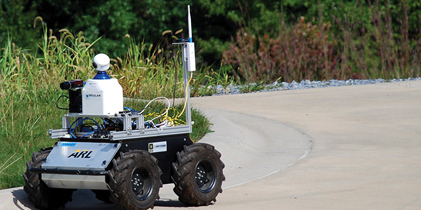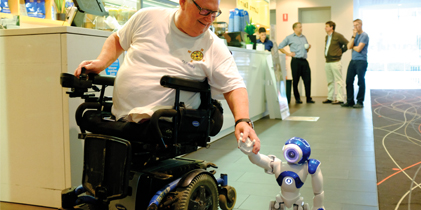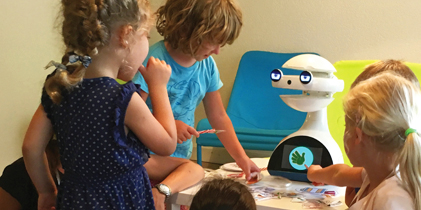
Australia’s social services sector
Social services are non-market services – either provided free of charge, or with significant price reductions, due to heavy subsidies. Social services include health and community services, education, government administration and defence. Details of applications in healthcare, defence and social infrastructure are included in separate sections of this roadmap. The social services sector is worth a total of $AU293 billion to the Australian economy (17 per cent of GDP), and employed 3.4 million people in 2016 [ABS17]. In 2015-2016 non-market services represented 16.9 per cent of GDP [AIR16]. In 2015-2016, non-market services grew more strongly than market services for both output (4.2 per cent compared to 2.8 per cent), and employment (4.1 per cent compared to 1.8 per cent). Employment growth in non-market services was also stronger in regional areas (6.4 per cent compared to 2.3 per cent in capital cities) and is likely to support regional employment [AIR16].
Social service workers — including teachers, scientists, doctors, nurses, defence personnel, police, and other public servants — are the most highly educated group in the Australian economy. In 2000-2001, over two-thirds of these workers were in high-skilled occupations, over 40 per cent had completed either a bachelor, or higher degree, and just under 60 per cent were employed by the public sector [ASS00]. Gender differences are notable in social services, where women outnumber men by a ratio of two to one, increasing to three to one in health and community services, with education above the average for the services sector. It is worth noting that 23 per cent of workers in education and training are aged over 55 years.

There are many emerging applications for robotic technologies in the...

There is low infiltration of robotics in many of the social services, except for...

Social services are non-market services that are free or heavily subsidised. The...
